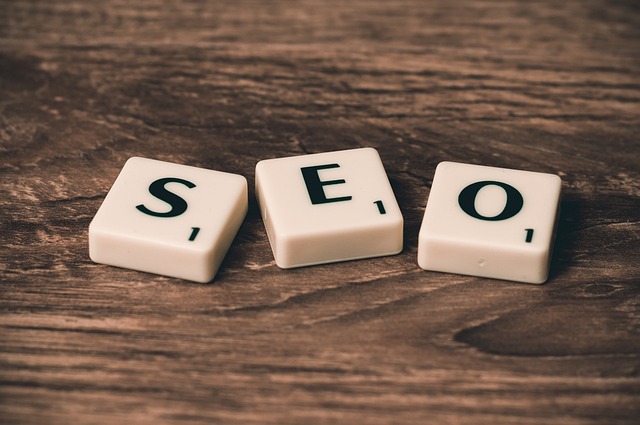
Like ham and cheese are two components of a delightful sandwich, SEO and SEM are complementary factors of a great website. They can work alone, but the outcome is better when put together.
By definition, SEO stands for “Search Engine Optimization.” It drives organic traffic to your website by improving your ranking on the search engine results page (SERP). SEO actions affect your website’s content, structure, and social media efforts. SEM is “Search Engine Marketing.” It increases your site’s visibility and traffic through paid ads. Each practice is an essential part of a successful business website.
SEO: The Big Picture
 SEO comprises five approaches: Keyword research, On-page SEO, Off-page SEO, Technical SEO, and User Interaction Signals.
SEO comprises five approaches: Keyword research, On-page SEO, Off-page SEO, Technical SEO, and User Interaction Signals.
- Keyword Research – This is identifying the search terms people use to find content. Knowing this allows you to optimize your website for the desired results.
- On-page SEO -Accomplished by optimizing your website with specific keywords. Google, Bing, Safari, and other web search engines pick up these words and send traffic your way. To be noticed by search engines, you need to implement SEO practices like including your keyword(s) in your title tag, meta description, and webpage URL.
- Off-page SEO – Used to build authority and trust, off-page SEO uses backlinks to your site. These links show your website’s expertise, authority, and trustworthiness (E-A-T).
- Technical SEO – A quick loading, indexed webpage search engines can crawl is part of technical SEO.
- User Interaction Signals – How your site users interact with your website matters. It lets search engines know if your website is a good match for a specific keyword. When guests spend little time on your site without taking action, this is the bounce rate. The goal is to have a low bounce rate. A high bounce rate will result in Google lowering your search engine rank.
SEO is budget-friendly as it doesn’t require paying for ad placement. However, it isn’t a one-and-done task but one where you need to stay up to date on current search engine practices. It takes time and knowledge to implement SEO effectively. Consequently, many businesses opt to work with a team rather than take the DIY approach.
Benefits of SEO
Improved organic ranking gives SEO a marked advantage over SEM. Search engine optimization boosts site visibility without spending money on a campaign. Through backlinks, optimized website content, meta tags, and other actions, SEO gets your company name out in front of potential site guests. Some key factors are:
- Click-through Rates – A well-written title or description that highlights your offerings and services will keep people interested and continuing to click over to your site for their needs.
- Long-term results – Once you reach a high SERP, you can maintain it through consistent efforts.
- Brand Recognition – SEO shines when it comes to building brand recognition. Consistently being in the top SERP shows they are reputable and dependable. This will have more conversion rates, thus improving your company’s bottom line.
SEM: The Overview

- Your keywords
- How often the ad will appear
- Any parameters you set
- The popularity of the words chosen.
Advantages of SEM
- Immediate visibility and results – Because you are paying for SEM, you can instantly see the ad and begin tracking your results. This immediate attention can bring more website traffic and sales.
- Control and targeting – When setting up an SEM campaign, you get to choose the demographics, time of day the ad is shown, keywords, and other parameters, making it easy to draw in the clients you seek.
- More website traffic -Because people see your ad, you will have more web traffic. The increase in traffic is the big draw in an SEM campaign.
- Measurable and Adjustable – A campaign is launched after developing the SEM strategy. You can tweak the campaign as needed. The cost correlates with how often and how many clicks your ads receive. Keep in mind SEM can be easily tracked so you can tell the effectiveness of your efforts. This is especially helpful for data-driven companies preferring to make data-based decisions.
How Do SEO and SEM Complement Each Other?
As you can see, both SEO and SEM have their place in a successful website and company marketing plan. An SEO approach gets you long-term results, while the SEM plan brings quicker results and the potential for many new clients. However, many web specialists see SEO as the foundation of a good SEM plan. The SEO tactics employ unpaid listings, use keywords on their websites and social media, and, in time, move you to the first page of search results. SEM is an excellent tool for gaining data, provides immediate results, and allows you to test what keywords are most effective for your website.
At the end of the day, you must decide what is best for your situation. Combining SEO and SEM strategies results in a website that gets more traffic, better ROI, and ultimately boosts your bottom line. Reach out to Page Progressive today to learn more about using SEO and SEM to their full potential.